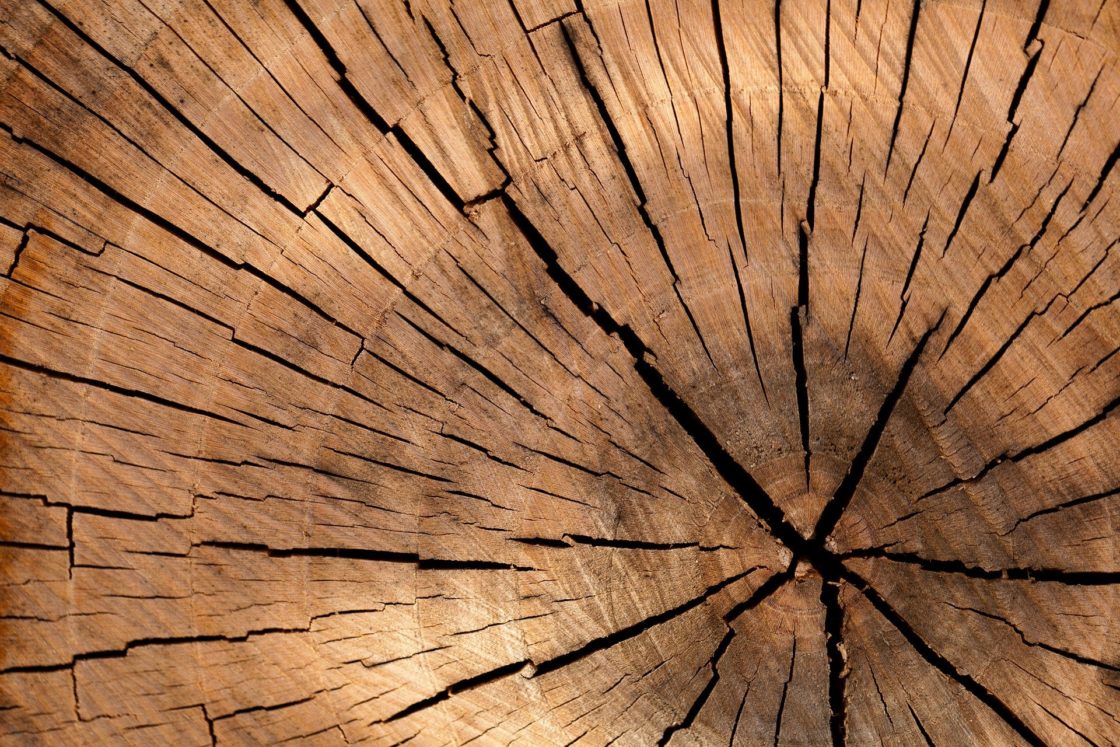Back in 2018 we reported on a fascinating development from Japan’s Forest Research and Management Organization, a government research laboratory, to create liquor from wood. Hiroyasu Kayama, of Shinjuku’s famed Bar BenFiddich, recently nosed the stuff and shared his thoughts via his blog.
Basically every kind of potable alcohol in the world is made from either grain or fruit. Beer, whisky, tequila, wine, sake, you name it, is made by fermentation to produce ethanol. Distillation concentrates the ethanol.As Kayama-san explains, the reason why wood traditionally hasn’t been used for booze is science. In order for fermentation to occur, yeast needs food: sugar (an easy yet slightly revolting way to remember this is yeast eats sugar, and shits alcohol). Fruits have that sugar readily accessible. And for grains, starches are converted to sugar via processes like malting, or the action of koji (glucoamylase and alpha amylase breaking down starch).
While wood contains sugar, it’s not so simple. Wood cells contain cellulose, a polysaccharide (carb!) that’s a chain of monosaccharides. But that cellulose is protected by a cell wall made of lignin some 0.002mm – 0.004mm thick. Yeast can’t ferment the sugars through the wall. Lignin, by the way, is one of the many components that contributes to the flavor of a whisky during maturation in an oak cask.
Amazingly, the technique used by the Forest and Research Management Organization doesn’t appear super high-tech. They basically take wood, turn it into a powder, then mix it with tiny ceramic beads and water to pulverize it even further so that the particles are under 0.001mm. This breaks the lignin walls of the cells, releasing the cellulose, and yields a gel-like substance. They add cellulase and yeast to produce a wort of about 2% abv. Distilling it twice yields a spirit of about 35% abv.
2% abv may not sound like much, but obviously trees are, well, wood. The Forest and Research Management Organization estimates that a single 4m cedar tree with a 30cm diameter can produce about fifty 750ml bottles of 35% abv spirit. That’s compared to (very roughly) 50kg of barley that’s required for fifty bottles of whisky. Again very roughly — 1.5 million seeds requires about 1600 square feet in a field of two-row barley. For now, the Forest and Research Management Organization has only taken on this project in an academic, experimental setting. Back in 2018 they said they’d have a real product in 2020, but it seems they aren’t there yet.
While Kayama-san apparently wasn’t allowed to drink the stuff, he provides his nosing notes as follows:
- Cedar: Heavy cedar wood notes. Japan has so much cedar that they don’t know what to do with it, so the Forest and Research Management Organization is particularly interested in this one.
- Sakura/cherry: Sweet fruitiness of cherries
- Kuromoji: Linalool freshness
- White birch: Wild juniper berries
- Mizunara: “Whisky cask-like”
Over the years, plenty of people involved in whisky have been trying to unlock the secrets of cask maturation. Some have even attempted to answer the question, “can it be sped up?” Perhaps the answer all along has been distill the cask too.
Hi there! I created and run nomunication.jp. I’ve lived in Tokyo since 2008, and I am a certified Shochu Kikisake-shi/Shochu Sommelier (焼酎唎酒師), Cocktail Professor (カクテル検定1級), and I hold Whisky Kentei Levels 3 and JW (ウイスキー検定3級・JW級). I also sit on the Executive Committees for the Tokyo Whisky & Spirits Competition and Japanese Whisky Day. Click here for more details about me and this site. Kampai!


One Comment